 Alternate names: Rădăuţi [Rom], Radevits, ראַדעװיץ [Yid], Radautz [Ger], Radóc [Hun], Radowce [Pol], Radivtsi [Ukr], Radautsi, Рэдэуци [Rus], Radauts, Radevitz, Radivits, Radovitch, Radovits, Radewitz, Radoyts, Rădăutio, Ukrainian: Радівці. Located at 47°51' N, 25°55' E at the foot of the Obcinele Bucovinea, 37 km from Suceava and 31 miles S of Chernivtsi (Tschernowitz), was first documented in 1392 as Radomir's village. Today: in Suceava County, NE Moldavia. Rădăuţi is the third largest urban settlement in the county, with a 2011 population of 22,145 inhabitants.
Alternate names: Rădăuţi [Rom], Radevits, ראַדעװיץ [Yid], Radautz [Ger], Radóc [Hun], Radowce [Pol], Radivtsi [Ukr], Radautsi, Рэдэуци [Rus], Radauts, Radevitz, Radivits, Radovitch, Radovits, Radewitz, Radoyts, Rădăutio, Ukrainian: Радівці. Located at 47°51' N, 25°55' E at the foot of the Obcinele Bucovinea, 37 km from Suceava and 31 miles S of Chernivtsi (Tschernowitz), was first documented in 1392 as Radomir's village. Today: in Suceava County, NE Moldavia. Rădăuţi is the third largest urban settlement in the county, with a 2011 population of 22,145 inhabitants.
Jewish history of Rădăuţi: "A Jewish community was present before the Habsburg takeover, and is attested to have been overseen by a starost. Many Jews fleeing the Kingdom of Galicia and Lodomeria (as well as other Habsburg areas) from intense persecution and anti-Semitism during the Middle Ages settled in Rădăuţi. The community was allowed a degree of self-administration, and witnessed a period of prosperity and cultural effervescence during the 19th century. The majority of Rădăuţi's Jewish population was exterminated during the Holocaust. Persecutions became widespread around 1938, when Jews were harassed and attacked by authorities under the Octavian Goga government; they were confirmed by anti-Semitic legislation passed by the Ion Gigurtu cabinet, and, in late 1940, exceptionally violent following the establishment of the National Legionary State. In October 1941, all Jews present in Rădăuţi (more than 10,000) were deported to concentration camps in Transnistria." [Mar 2013]
References:
- Encyclopedia of Jewish Life (2001), pp. 1044-45: "Radauti".
- Pinkas HaKehilot, Romania, Vol. 2 (1980), p. 516: "Radauti"
- JewishGen Romanian SIG
- ShtetLink.
- Jewish Bukovina. Extensive resources [Mar 2014]
- Chernowitz-Ephes [Mar 2014]
- Yizkors:
-
- Pinkas ha-kehilot; entsiklopediya shel ha-yishuvim le-min hivasdam ve-ad le-aher shoat milhemet ha-olam ha-sheniya: Romania vol. 2
(Jerusalem, 1980) - The Last Jews of Radauti
(New York, 1983) - Der Geshichte der Juden in der Bukowina, vol. II
(Tel Aviv, 1962) - Radauti: kehilah yehudit be-tsemihatah u-ve-sheki'atah
(Tel Aviv, 1990) - Mayne kinder-yorn in shotn fun hurbn (My Childhood in the Shadow of the Holocaust)
(Tel Aviv, 1993) - Toledot Hakehillah Ha Yehudit B'Radautz
(, 1948) Jewish history. [Mar 2013]Avigdor Arikha - Israeli painter, and Dan Pagis - Israeli Hebrew poet and literature researcher were born here. [Mar 2013]
- JOWBR: Jewish Cemetery, 5,700 names
- Since 2005, the group has amassed thousands of photos of the cemetery gravestones and epitaphs listed in an online database
- KehiliLink cemetery page
- Romania: Radauti (Radautz) Jewish Heritage Documented and Posted On-Line
- Pinkas ha-kehilot; entsiklopediya shel ha-yishuvim le-min hivasdam ve-ad le-aher shoat milhemet ha-olam ha-sheniya: Romania vol. 2
- abandoned sites: Jewish Heritage Travel: A Guide to East-Central Europe by Ruth Ellen Gruber- New York: John Wiley & Sons, Inc., 1992. 221-224; tombstone; p 222
- 4 pictures in book; Saros Laszlo and Vali Dezso. Tanu ez a kohalom . (This Cairn is Witness Today) ISBN 963 7476 172. Bruce Kahn This email address is being protected from spambots. You need JavaScript enabled to view it.
- web site of the writer, Ruth Ellen Gruber. Jewish Cemeteries of the Bucovina by This email address is being protected from spambots. You need JavaScript enabled to view it.. ISBN 978-973-1805-50-4. Romanian, Ukrainian, English, French, and German. This book may soon be available via commercial booksellers, but can also be obtained directly from the author <This email address is being protected from spambots. You need JavaScript enabled to view it.>. Though very fews Jews remain in the Bucovina, the cemeteries represent the culture and prominence of the Jewish populations of pre-WWII Romania. This volume provides information on and pictures of the Jewish cemeteries of Campulung Moldovenesc, Vama, Gura Humorului, Solca, Arbore, Radauti, Moldovita, Siret, Mihaileni, Storozhynets, Vyzhnytsia, Banilov, Vashkivtsi, Novoselitsa, and Hertsa. [Mar 2014\
This sizeable cemetery was in pretty good shape with tombstones that commemorated victims of the forced march to Transnistria. A survivor, Isaac Beer, took us there, whose photo I later saw in the book, The Last Jews of Radauti . He wanted to show us the memorial sculpture that had been placed there in memory of the Jews who perished in the camps. Source: Freda Brock; This email address is being protected from spambots. You need JavaScript enabled to view it. [date?]
A group has initiated cemetery documentation process. The headstones are photographed and then a database is prepared. As for this moment, about 3,000 names (out of the approx. 7,700) are documented and the work continues. Website with list of all names recorded at this phase, using (with permission) an extension of the Jewishgen JOWBR format (plus Hebrew names and dates). A small portion of the names is already linked to headstone medium-to-high quality photographs. [January 2007] UPDATE: Site has been transferred to the KehilaLink (ShtetLink). [Mar 2013]
JEWISH CEMETERY:
RADAUTI: (Suceava judet) US Commission No. ROCE-0616
Alternate names: Radautio/Radautz/Radiwei/Radowce/Radevitz/Radivits/ Radovitch/Radovits. Located at 47°51' 25°55° in Suceava County, Moldavia region. The cemetery is in Radauti, Suceava judet, Moldavia region, 47°50' 25°55', 55 km from Suceava. Present town population is with under 10 Jews.
- Local Authority: Mayor Frunza Mihai, Radauti, Suceava judet
- Religious Authority: The Jewish Community of Suceava.
- Regional Authority: The Federation of the Jewish Communities of Romania, Sf. Vineri str., no. 9-11, sector 3, Bucharest, Romania.
- Interested: "A.D. Xenopol" Institute of History, Lascar Catargi str., no. 15, 6400- Iasi (Iasi judet), Romania. Tel. 032/212614; e-mail: This email address is being protected from spambots. You need JavaScript enabled to view it.. Director: Alexandru Zub.
- Caretaker with key: Popescu Constantin, str. Stefan cel Mare no. 134, Radauti, Suceava judet
The Census from 1880 registered 2862 Jewish inhabitants. The 1930 Census registered 5611 Jewish inhabitants. The Jewish community was founded in 1845. In 1941, the Jews were deported to Transnistria. Prominent residents include Dr. Iaacov Nacht and Sabetai ben Itac-scholar rabbi. This Jewish cemetery was established in the 18th century. The last known Jewish burial in cemetery was in May 15, 1999 (Navrotchi Fani). The unlandmarked Conservative cemetery was 2 km from the congregation that used it. Putna (Suceava judet); Solca (Suceava judet); and Arbore (Suceava judet) also used this cemetery.
The isolated urban flat land has no sign or marker. Reached by turning directly off a public road, access is open with permission. A continuous masonry wall and a gate that locks surround. The pre- and post-WWII size is 500 m X 300 m. More than 5,000 graves are visible in the cemetery. 1 to 20 are not in original location. More than 75% are toppled or broken. Vegetation overgrowth is a seasonal problem, preventing access. Water drainage is good all year.
No special sections. Gravestones date from the end of the 18th century through the 20th century. Marble, granite, limestone, sandstone, and other material are rough stones or boulders, flat shaped stones, finely smoothed and inscribed stones, and flat stones with carved relief double tombstones and multistone monuments. Inscriptions are in Hebrew, Yiddish, Polish, German, and Romanian. The cemetery contains monuments to Holocaust victims and Jewish soldiers. The cemetery contains a marked mass grave.
The national Jewish community owns the property used for Jewish cemetery purposes only. Adjacent properties are commercial or industrial and agricultural. Compared to 1939, the cemetery boundaries enclose the same area. Frequently, the cemetery is visited by organized individual tours and private visitors (Jewish or non-Jewish). The never vandalized cemetery has no maintenance. There is a regular unpaid caretaker. There is a preburial house with a tahara.
Security, weather erosion, pollution, and vegetation are slight threats.
This email address is being protected from spambots. You need JavaScript enabled to view it., Clinicilor str., no. 19, Cluj, Romania, tel. 064/190107 completed the survey on July 21, 2000 using the following documentation:
- Leonida Colescu, Analiza rezultatelor recensamîntului general al populatiei Romaniei de la 1899, cu o prefată de Sabin Manuila, Bucuresti, Institutul de statistica, 1944.
- I.M. Dinescu, Fiii neamului de la 1859 la 1915. Statistica sociala pe întelesul tuturora, Iasi, Institutul de Arte Grafice N.V.Stefaniu, 1920.
- Pinkas Hakehillot, Encyclopedia of Jewish Communities Romania, I-II, Jerusalem, 1980.
- George I. Lahovari, Marele dictionar geografic al Romaniei, 5 vol., Bucuresti, Edit.Socec, 1899.
- Marius Mircu, Pogromurile din Bucovina si Dorohoi, Bucuresti, Edit.Glob, 1945.
- E. Schwarzfeld, Din istoria evreilor: împopularea, reîmpopularea si întemeierea tîrgurilor si tîrgusoarelor în Moldova, Bucuresti, 1894.
- N. Sutu, Notiti statistice asupra Moldaviei, Iasi, 1852.
He visited on July 24, 2000 and interviewed Popescu Constantin, str. Stefan cel Mare no. 134, Radauti, Suceava judet.
YouTube Video: men's tombs. tombs. Holocaust Memorial. photo. photo. photos. Ruth Ellen Gruber story. [Mar 2013]
Restoration of the Radauti, Romania, Jewish cemetery: The cemetery is being cleared, the Ohels of the Radauti Rabbis are being repaired, and each stone is being photographed. Follow this project at <http://www.shtetlinks.jewishgen.org/radauti/Radautz-Site/>. A complete index of the entire Radauti Jewish cemetery has been posted on this web site. The same group responsible for this restoration project is also working with an international team to fund the restoration of the Radauti Great Temple as well as the Siret and Suceava cemeteries. [Mar 2014]
Photos courtesy This email address is being protected from spambots. You need JavaScript enabled to view it. [July 2012]
Photos courtesy This email address is being protected from spambots. You need JavaScript enabled to view it. [2008]
Photos courtesy This email address is being protected from spambots. You need JavaScript enabled to view it. [2009]
[UPDATE] Radautz and Surroundings [April 2015]
Synagogue photos courtesy This email address is being protected from spambots. You need JavaScript enabled to view it. [June 2015]
[UPDATE] Photos by Charles Burns [April 2016]
[UPDATE] Photos and article on cemetery survey [April 2017]

.jpg)
.jpg)
.jpg)
.jpg)
.jpg)
.jpg)
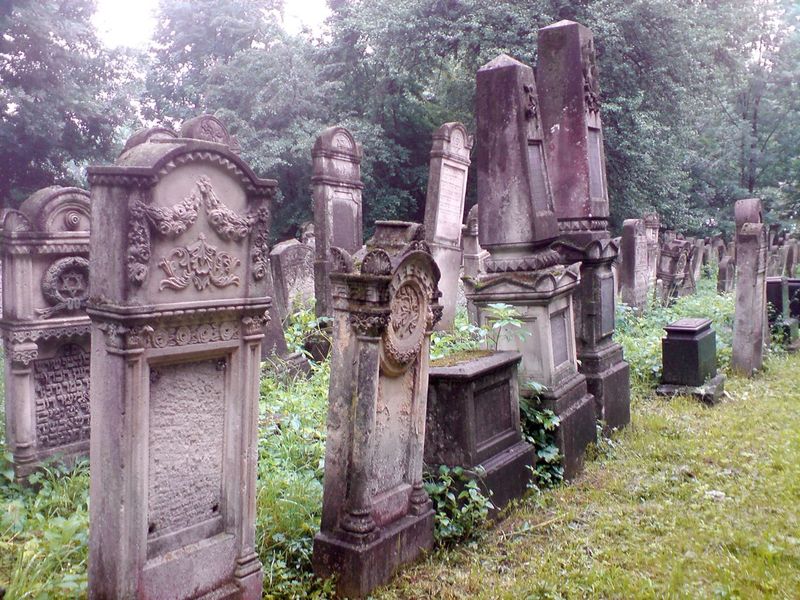
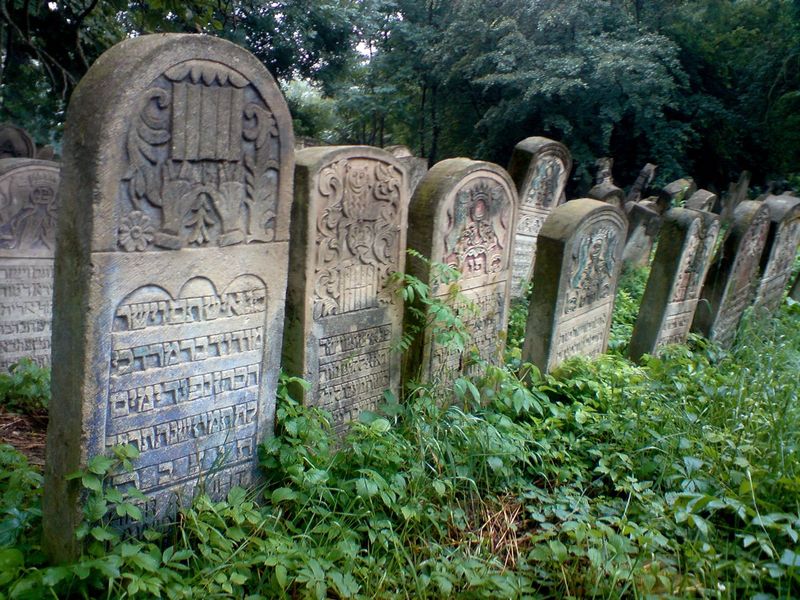
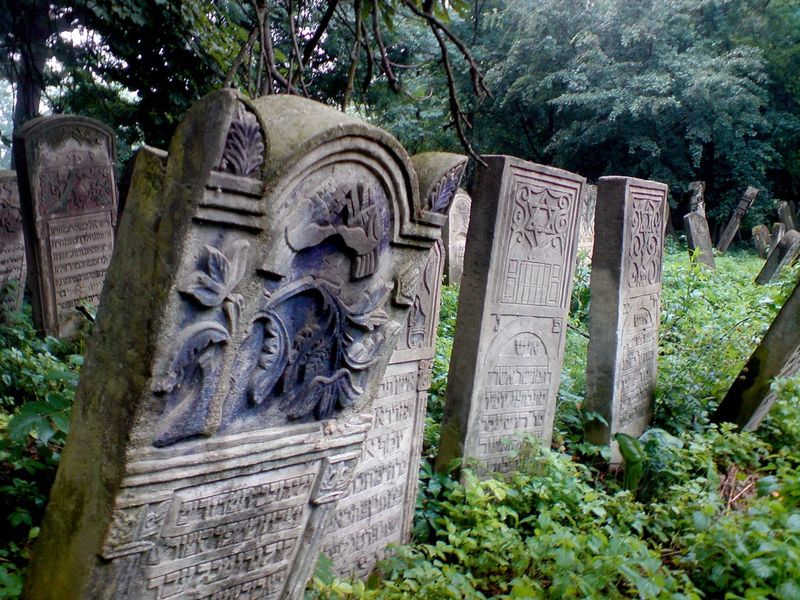
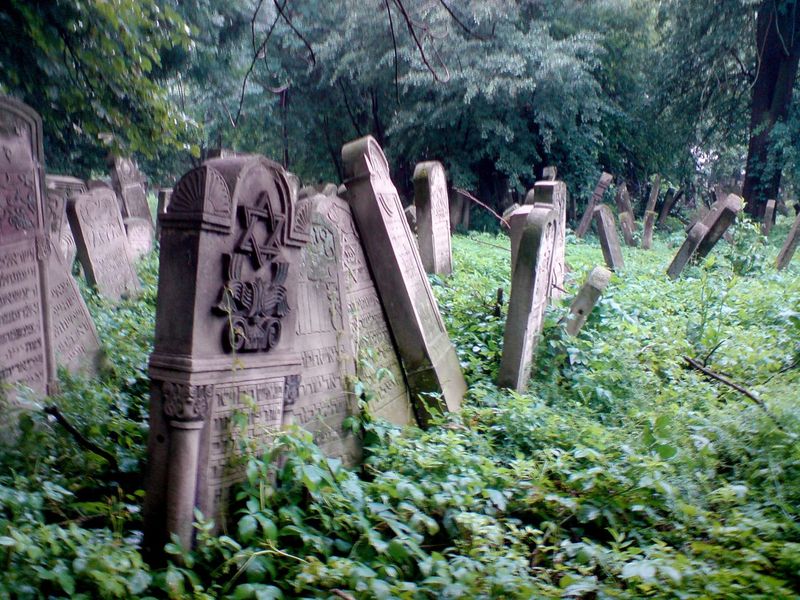
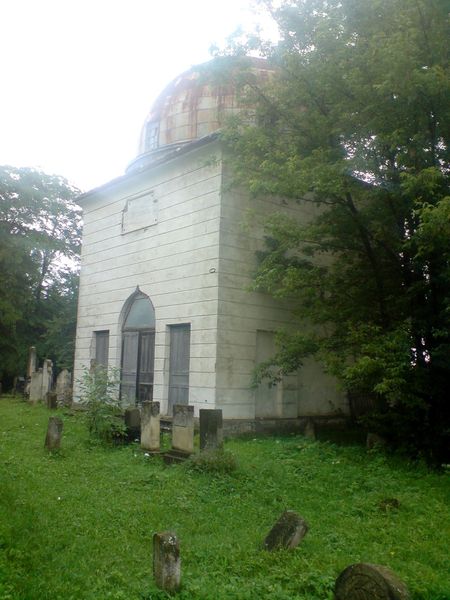
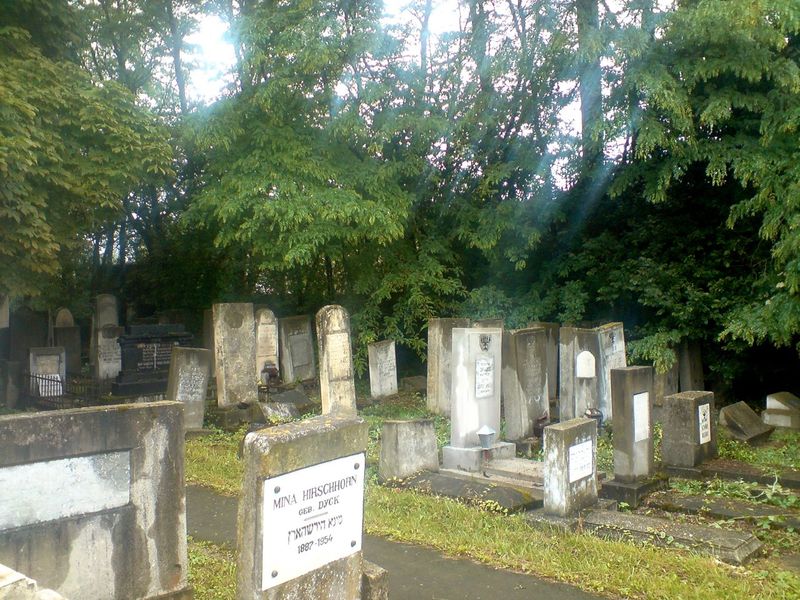
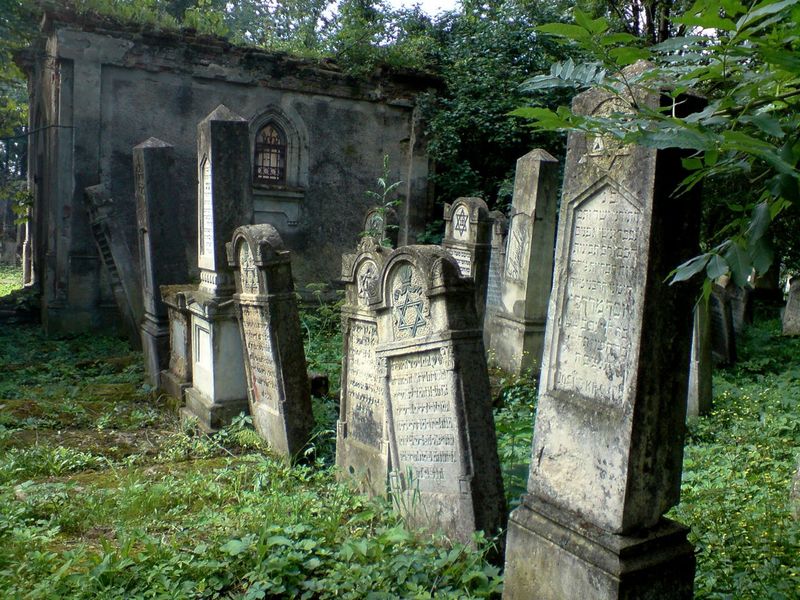
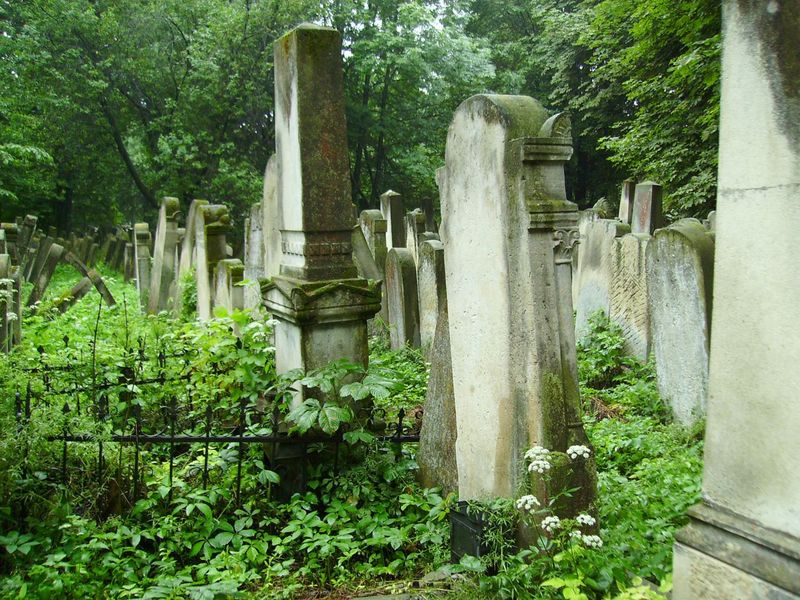
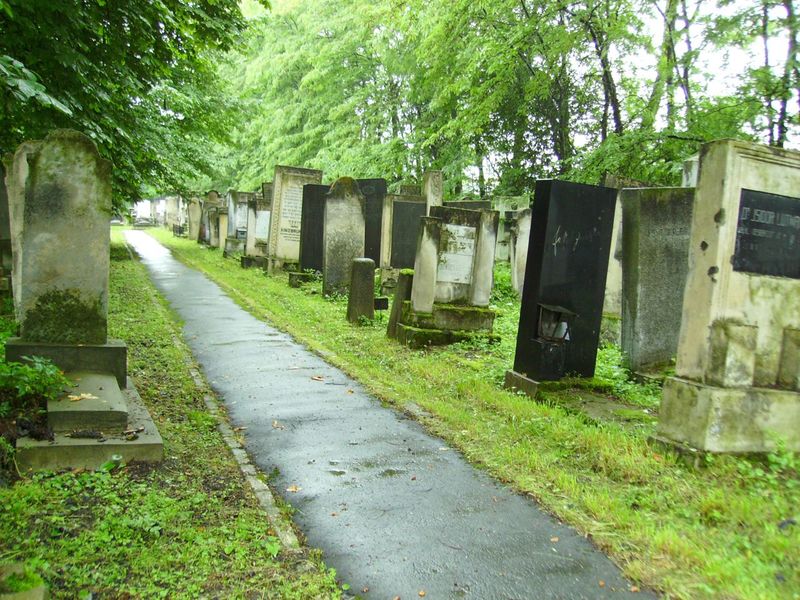
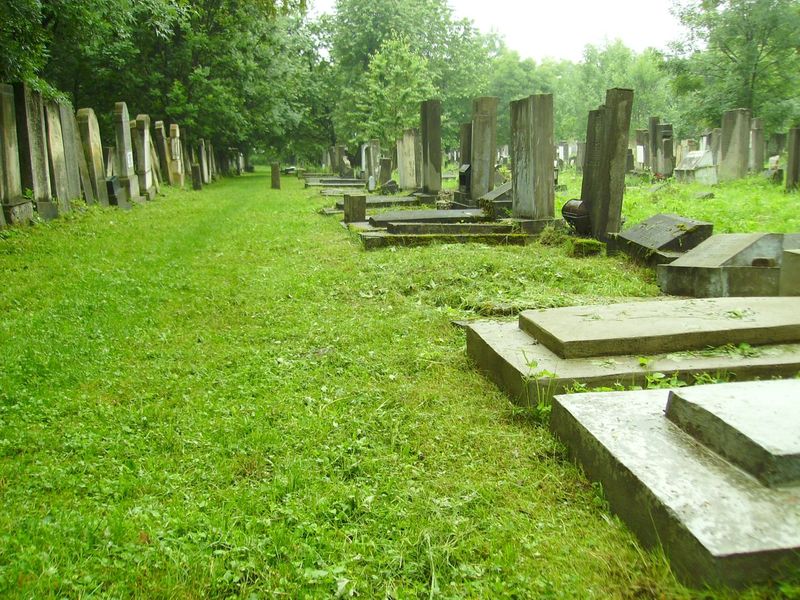
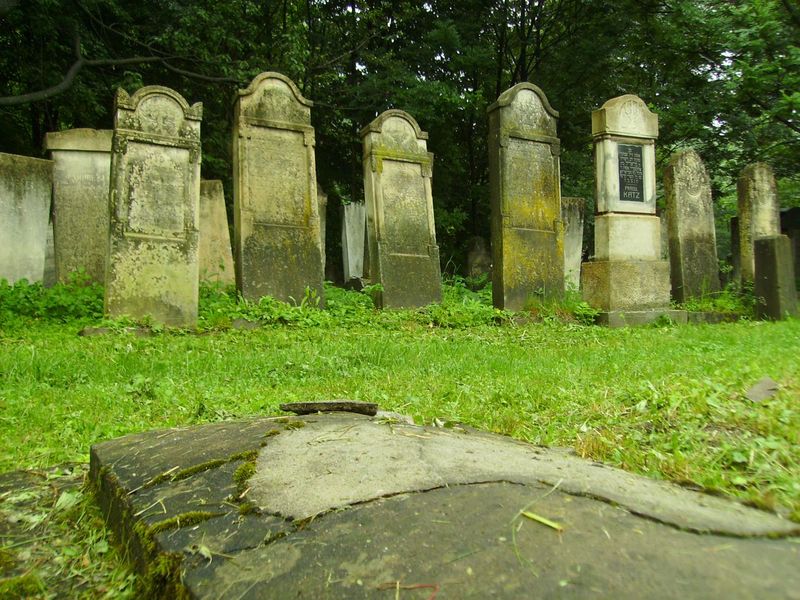
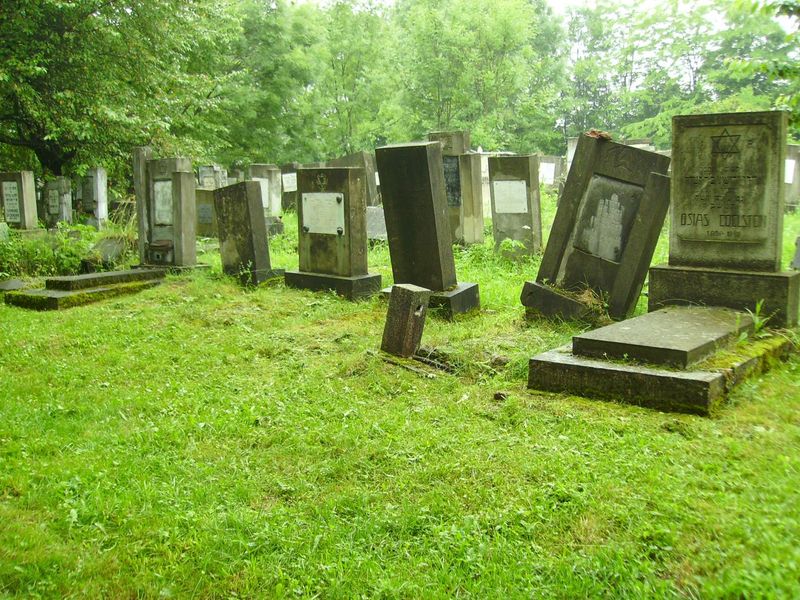
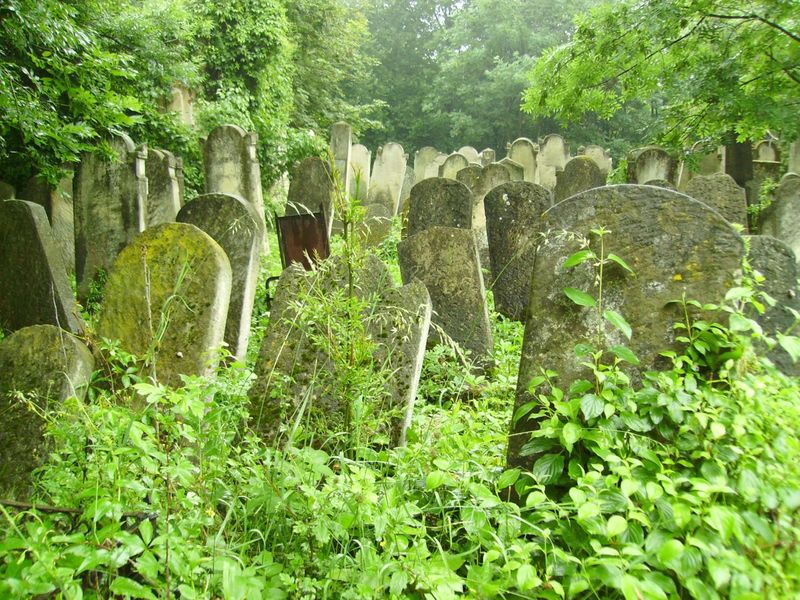
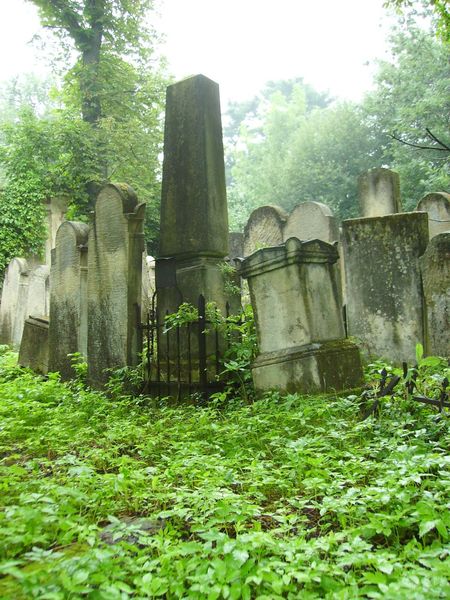
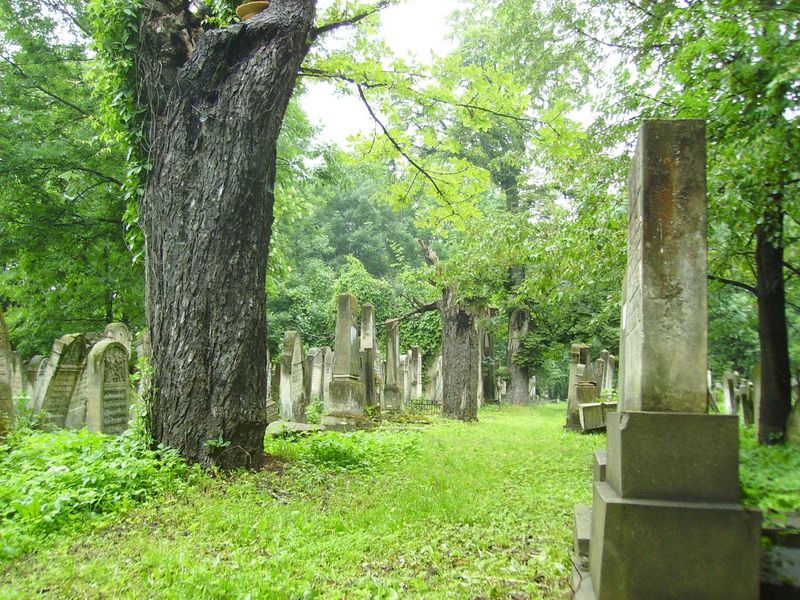
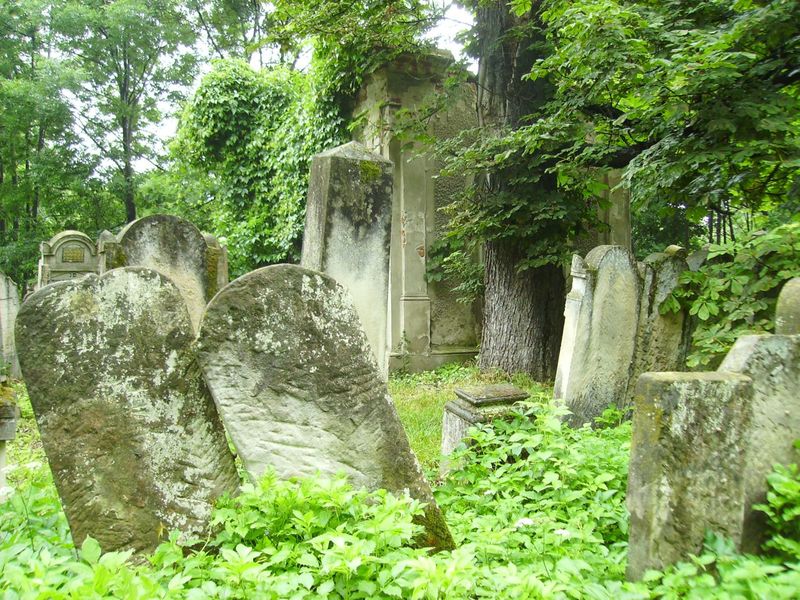
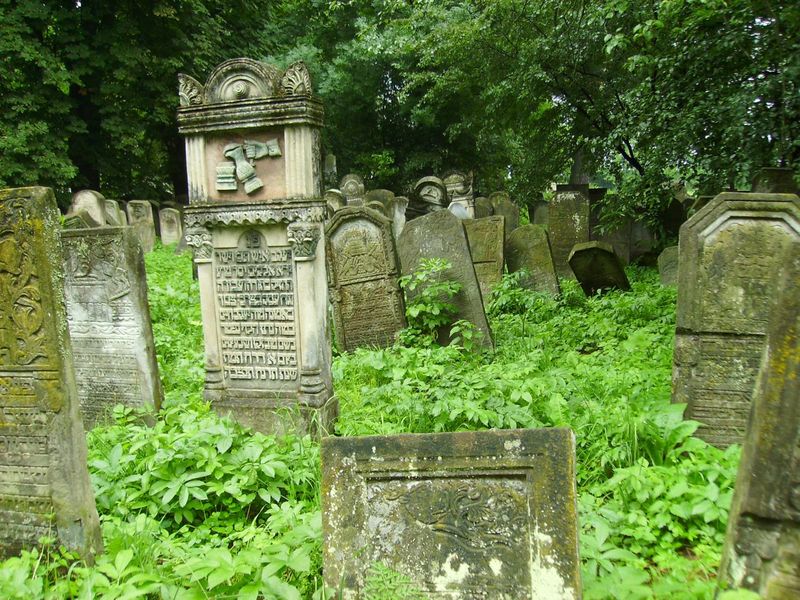
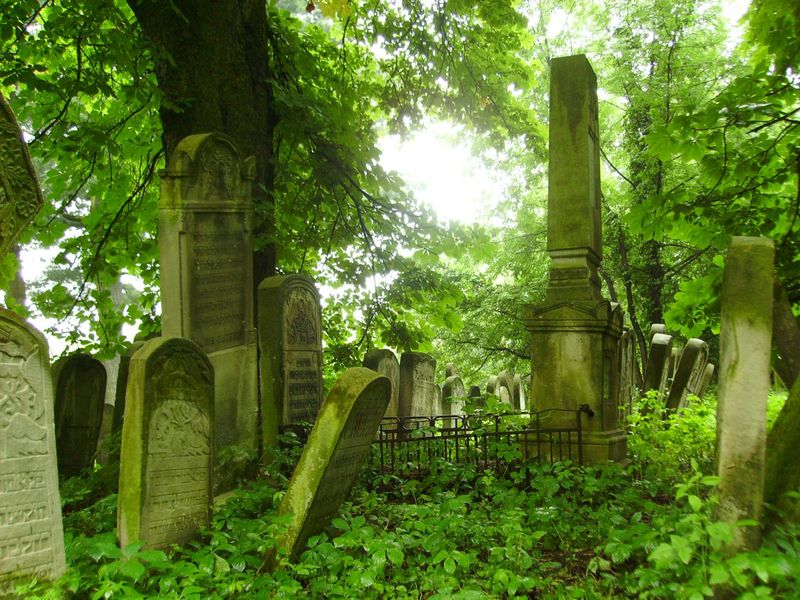
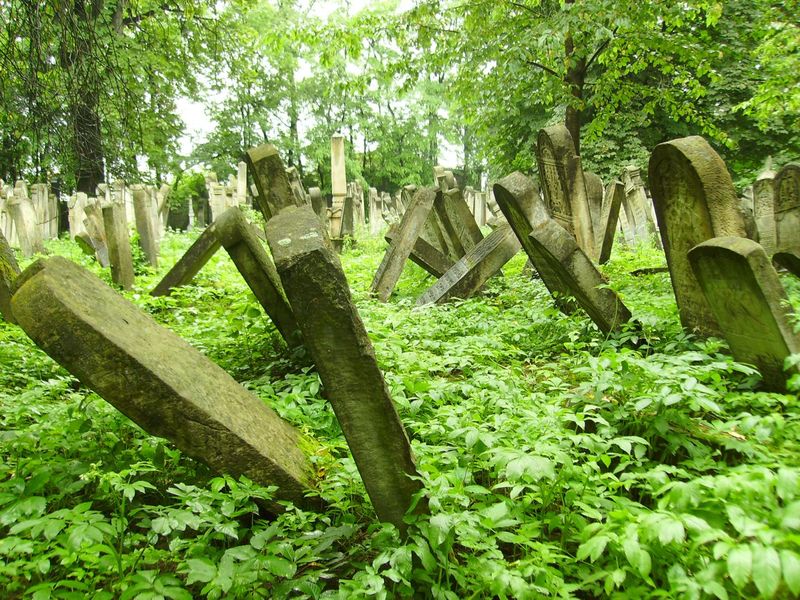
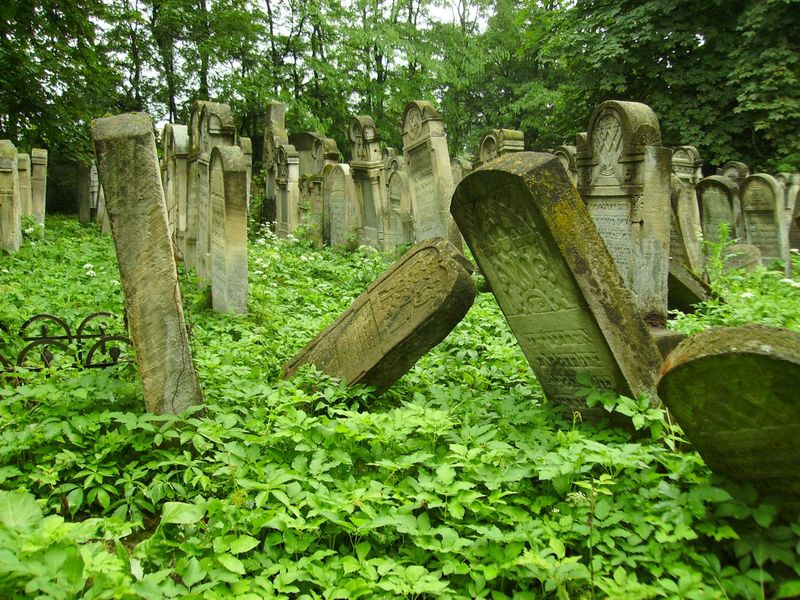
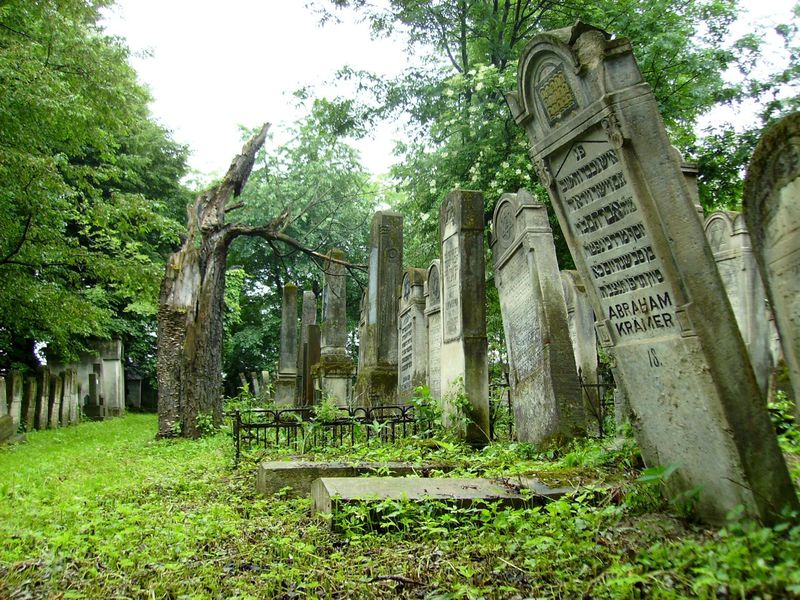
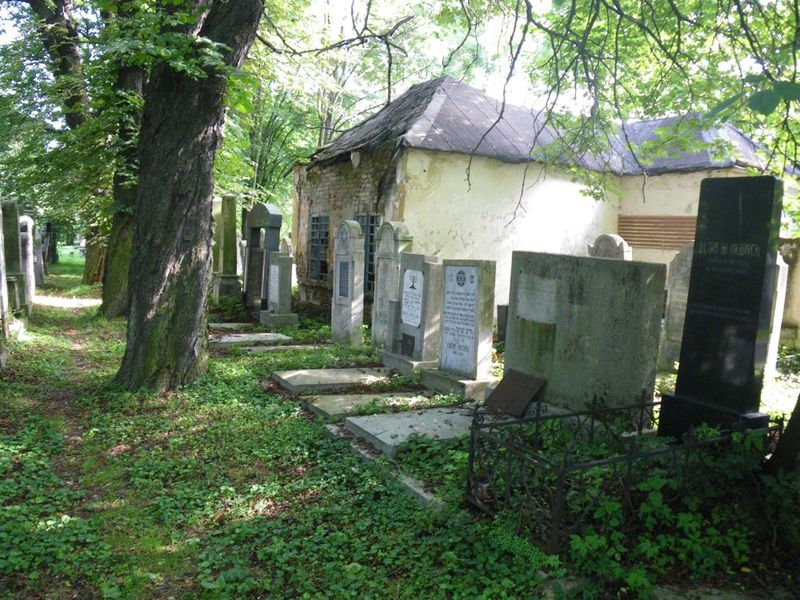
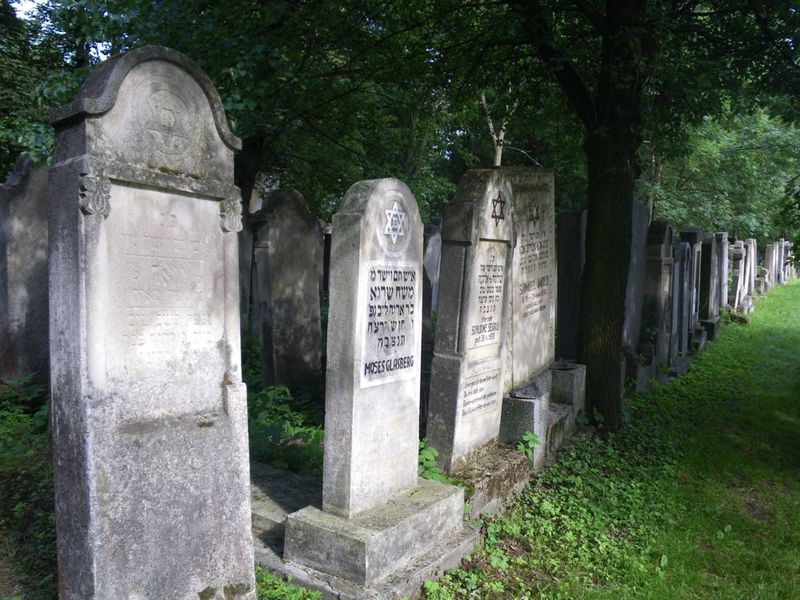
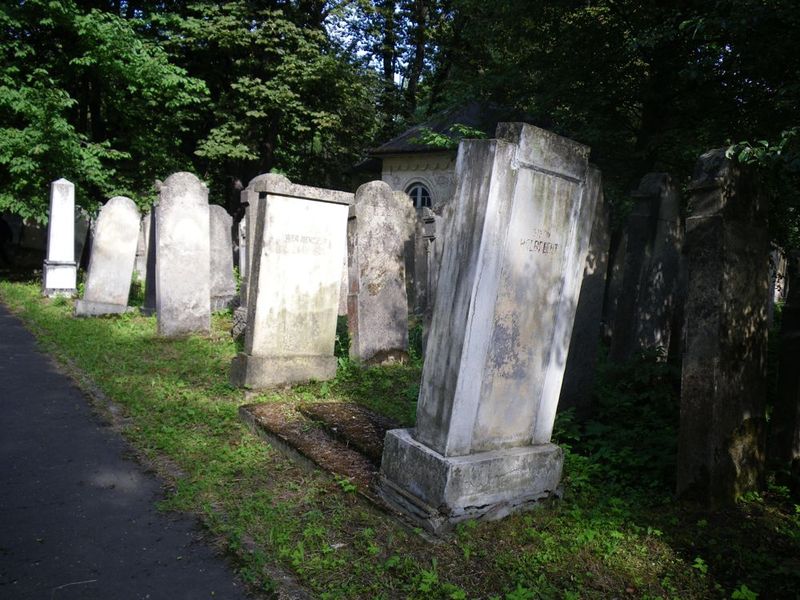
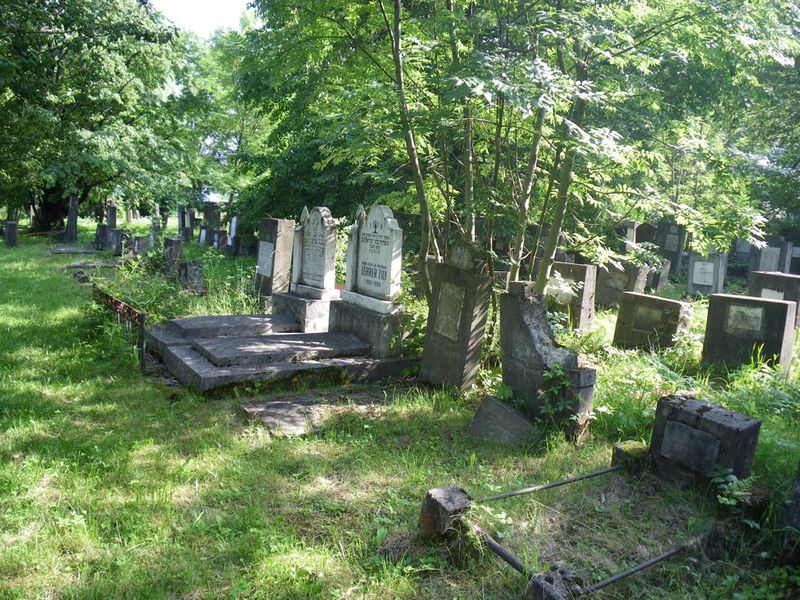
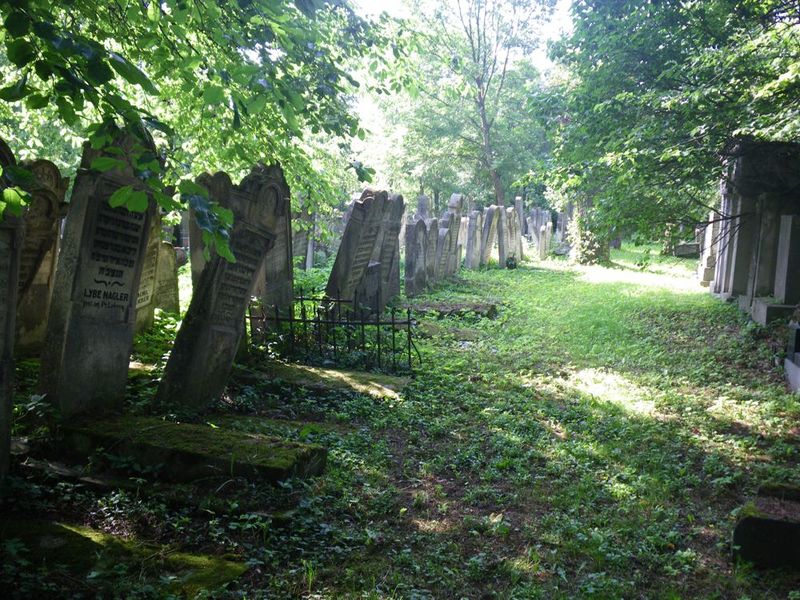
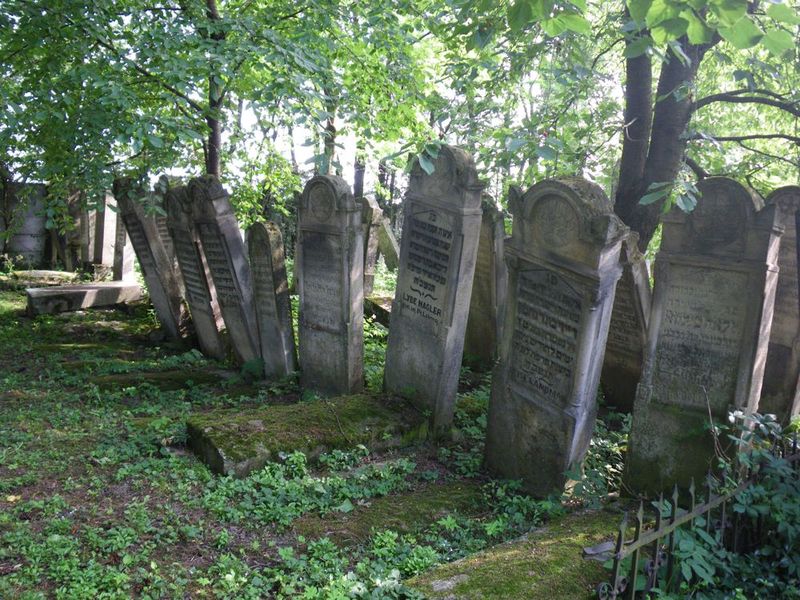
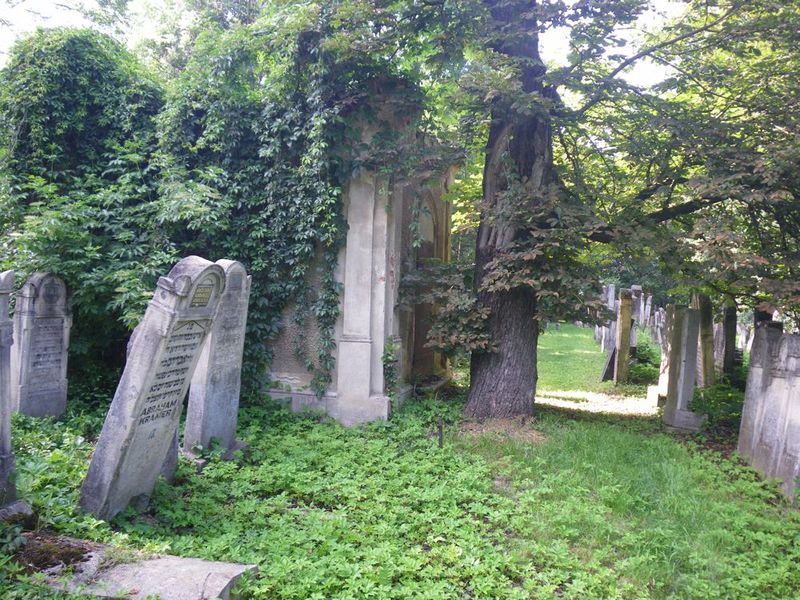
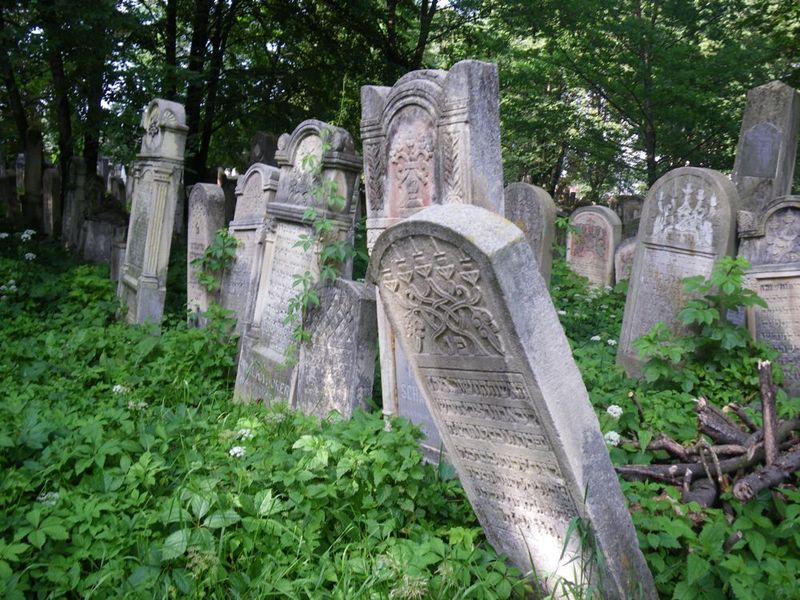
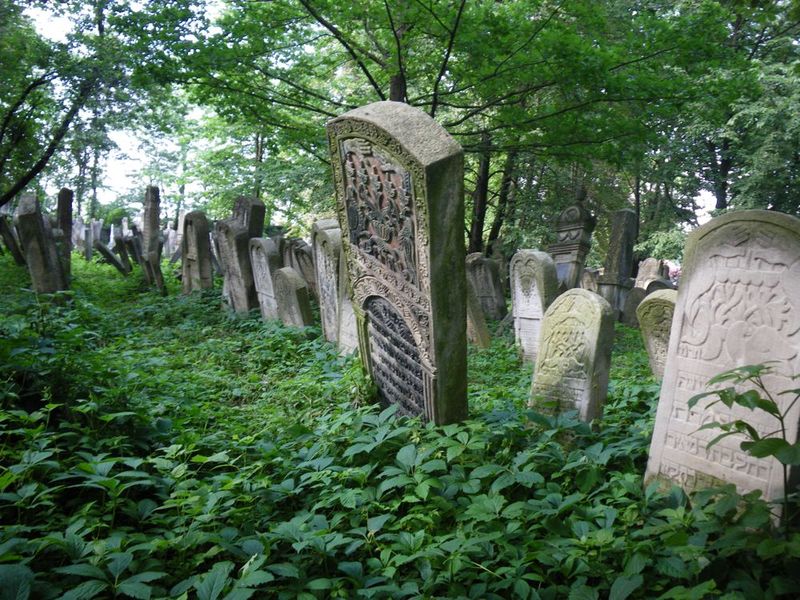
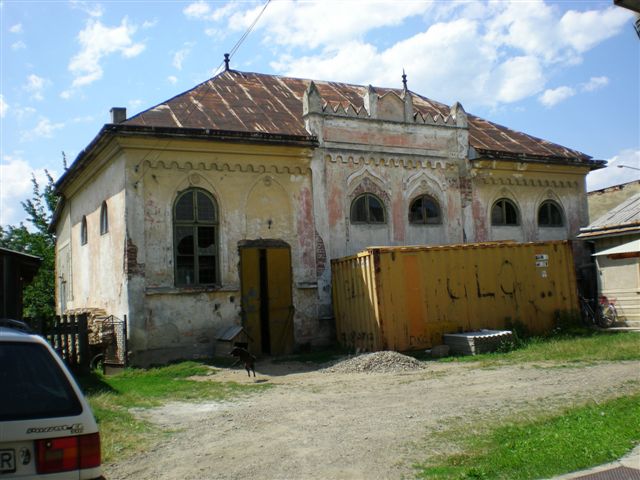
.jpg)